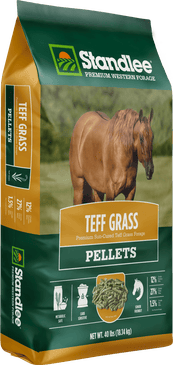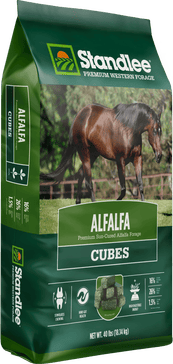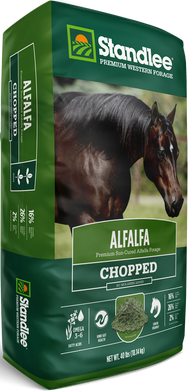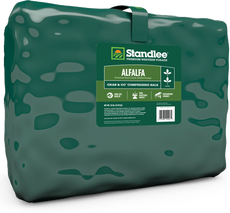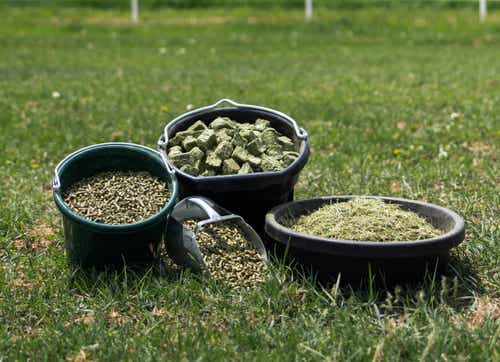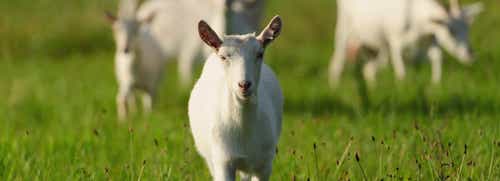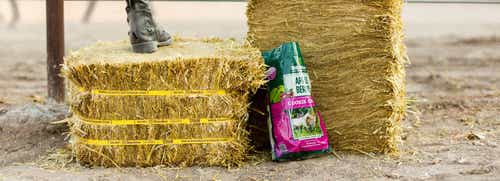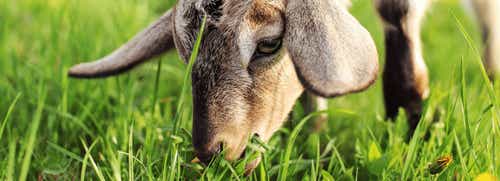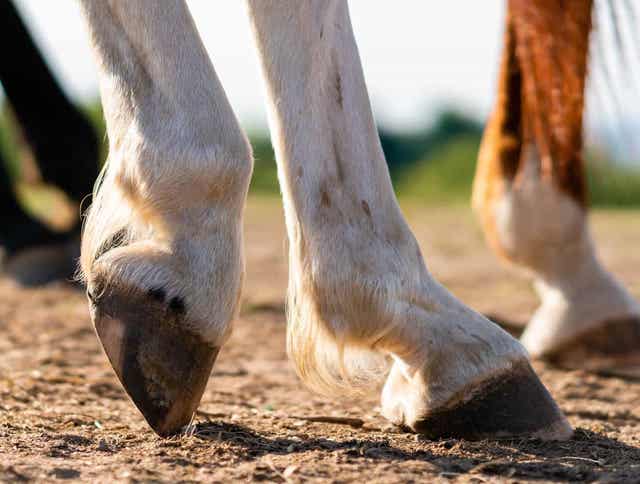
Laminitis or Founder – Which Is It?
The term founder has been used to describe several different scenarios. Some will use the word founder interchangeably with laminitis, while others refer to the chronic phase of laminitis as founder. If using the Merriam-Webster definition of founder, the correct use of the term when referring to the laminitic disease state in equids is when the coffin bone starts to sink downward in the hoof structure.
Laminitis is a disease that manifests itself in the hoof of the horse and results in severe pain and lameness. Tiny finger like structures called laminae, link the hoof wall to the coffin bone in the horse’s foot. Inflammation of these laminae is known as “laminitis”. If left untreated the inflamed laminae will start to die leading to a separation of the hoof wall from the internal structures of the foot. Once the coffin bone detaches from the hoof wall it will start to rotate downward and “sink”, this progression is often referred to as “founder”. The term founder means to “send to the bottom” or “collapse”.
Causes
The onset of laminitis is caused by many different factors including; excessive ingestion of sugars, starches and/or fructans, endotoxemia, poisoning, excessive concussion, obesity and insulin resistance, glucocorticoid administration and endocrine disturbances. Some breeds of horses including ponies, Morgan horses, and Warmbloods are more at risk of contracting laminitis than others.
Prevention
Prevention is far better and easier than cure in the case of laminitis. Proactively managing at risk animals is a simple preventative measure. At risk horses and ponies should be kept at an ideal body condition score of 4 to 6.
- Low carbohydrate feeds are available commercially and should be fed to these horses.
- Large meals of any concentrate feed should be avoided to reduce the risk of excess spilling into the hindgut and potentially causing laminitis.
- Pasture grasses high in water soluble carbohydrates (glucose, fructose, sucrose, and fructan) should also be avoided in at risk animals. These grasses tend to accumulate more carbohydrate in the spring and fall and progressively throughout the day with the highest concentration in the afternoon compared to the early morning or evening. Using a grazing muzzle and keeping grass mowed short can help reduce the ingestion of these grasses.
If you have questions, please contact the nutritionist at Standlee, or consult with your veterinarian.

